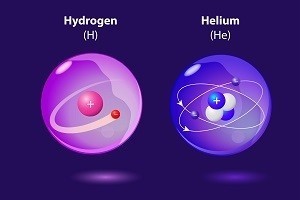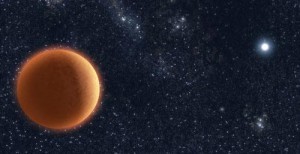A nova occurs when a star brightens by several magnitudes over a very short time. Like supernovae, they’ve been recorded throughout history. We now know novas are caused by a dance between two stars, where a white dwarf orbits close enough to a companion star that it captures material from its companion until it reaches a critical limit and it’s outer layer explodes. Studying the details of this phenomena is difficult, because a nova is usually too faint to be noticed until it brightens. But thanks to large sky surveys, that’s starting to change.
Recently a team observed a nova in their data, and knew they had captured that region of sky before. So they went back through their data and were able to document the binary system before, during and after the nova occurred. They found the two stars orbit each other once every five hours, putting them at a distance roughly equal to the diameter of our Sun. Before the explosion, the white dwarf was capturing material at an irregular rate, causing its brightness to “sputter” slightly. After the nova the white dwarf captured material at a more regular rate. This would support the hibernation model, where the white dwarf captures material early on, then the rate of capture dies off. It should be stressed however, that the aftermath of the nova is still young, so we’ll need to collect more data to be sure.
In addition to helping us understand novae, observations like these could also help us understand supernovae. Type Ia supernovae in particular are caused by a similar dance between a white dwarf and companion star, but instead of just the outer layers exploding, the entire white dwarf is ripped apart by a cataclysmic explosion.
Paper: Przemek Mróz, et al. The awakening of a classical nova from hibernation. Nature doi:10.1038/nature19066 (2016)











